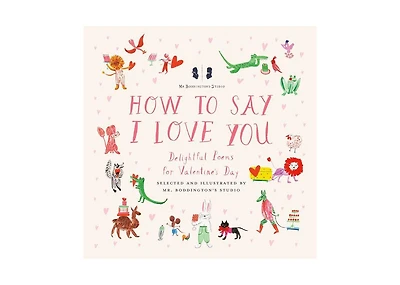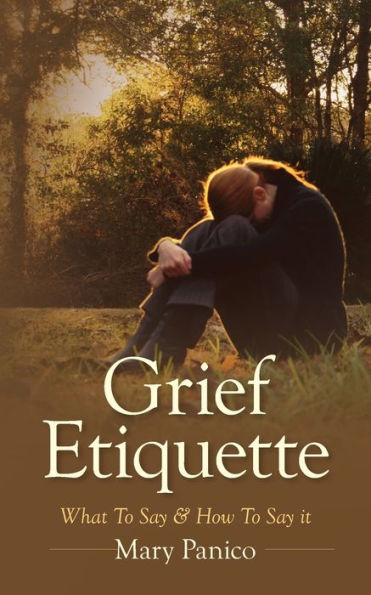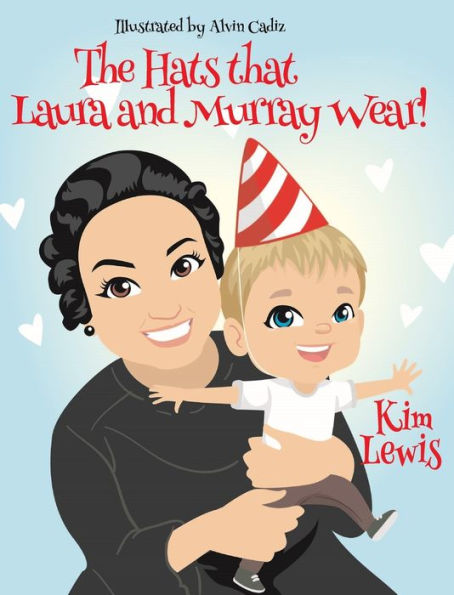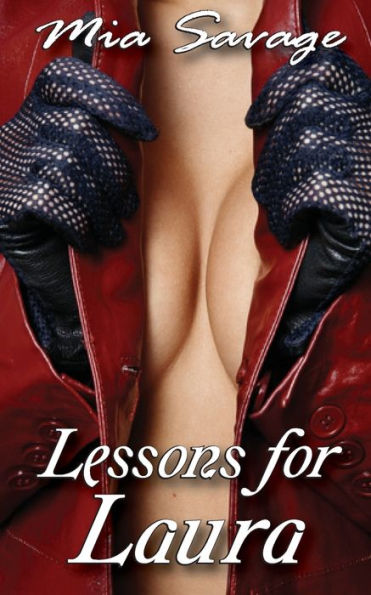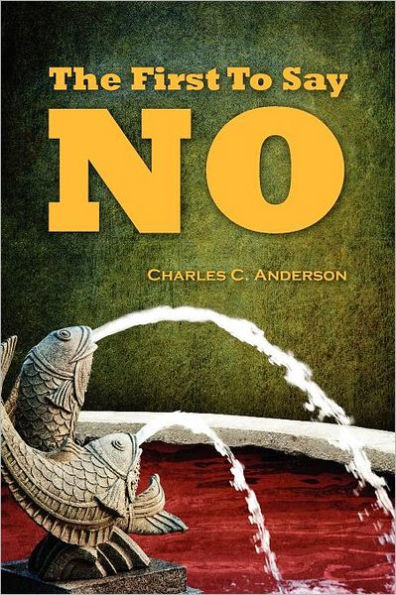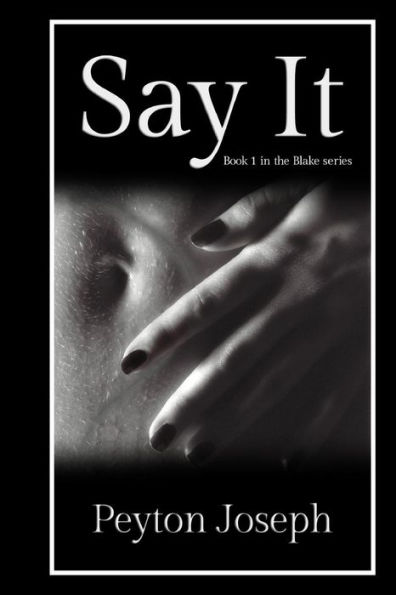Home
Say Laura
Barnes and Noble
Loading Inventory...
Say Laura in Bloomington, MN
Current price: $15.99

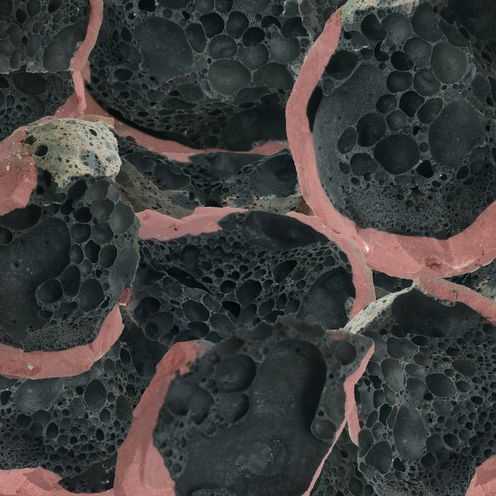
Say Laura in Bloomington, MN
Current price: $15.99
Loading Inventory...
Size: CD
Experimental guitarist/vocalist
Eric Chenaux
's music is built on unexpectedly pleasant clashes of his warped, heavily processed guitar figures and his soft, gliding vocal delivery. The five pieces (and bonus edited repeat track) on
Say Laura
add understated electric piano and subtle implied rhythms to the formula, resulting in a gentle smear of spring-like atmospheres that convey relaxed beauty despite their inherent confusion.
Chenaux
's lilting falsetto and a few minimal pulsing notes open the album on "Hello, How, and Hey." As the song grows over the course of its nine-minute runtime, the instrumental backing wanders through various key changes and applications of effects, with glittering Wurlitzer lines played by
Ryan Driver
zig-zagging between streams of
's wobbly wah-wah-coated leads and straightforward romantic vocal melodies. The rhythmic component of
comes not in the form of traditional drum sounds, but programmed drum machine beats
used as triggers to activate noise gates on certain guitar tracks, creating the impression of a pulse by stopping and starting the sound in time. This is used to great effect on the languid "There They Were" and the rusty pirouetting of the especially beautiful "Hold the Line," with these ghost rhythms providing an anchor for
's adventurous pitch bending and noisy experimenting. Long valleys of meandering happen in between more stable sections of the album, particularly on "Your New Rhythm," but these passages are integral to the flow of the album and highlight how thin a line
walks between structure and complete formlessness. There are surface parallels between
and
Arthur Russell
's minimal avant pop, but there are also more subtle similarities to
Talk Talk
's floating ambience, the most stripped-down
Sun Ra
sessions, and the boundless curiosity and willingness to chase impulses that
This Heat
's
Gareth Williams
explored with the sideways songwriting of his obscure
Flaming Tunes
side project. In less careful hands, the combination of free range guitar exploration and crooning vocals could come off as awkward or disjointed, but
's patient guidance makes even the most disruptive moments of
feel sweet. ~ Fred Thomas
Eric Chenaux
's music is built on unexpectedly pleasant clashes of his warped, heavily processed guitar figures and his soft, gliding vocal delivery. The five pieces (and bonus edited repeat track) on
Say Laura
add understated electric piano and subtle implied rhythms to the formula, resulting in a gentle smear of spring-like atmospheres that convey relaxed beauty despite their inherent confusion.
Chenaux
's lilting falsetto and a few minimal pulsing notes open the album on "Hello, How, and Hey." As the song grows over the course of its nine-minute runtime, the instrumental backing wanders through various key changes and applications of effects, with glittering Wurlitzer lines played by
Ryan Driver
zig-zagging between streams of
's wobbly wah-wah-coated leads and straightforward romantic vocal melodies. The rhythmic component of
comes not in the form of traditional drum sounds, but programmed drum machine beats
used as triggers to activate noise gates on certain guitar tracks, creating the impression of a pulse by stopping and starting the sound in time. This is used to great effect on the languid "There They Were" and the rusty pirouetting of the especially beautiful "Hold the Line," with these ghost rhythms providing an anchor for
's adventurous pitch bending and noisy experimenting. Long valleys of meandering happen in between more stable sections of the album, particularly on "Your New Rhythm," but these passages are integral to the flow of the album and highlight how thin a line
walks between structure and complete formlessness. There are surface parallels between
and
Arthur Russell
's minimal avant pop, but there are also more subtle similarities to
Talk Talk
's floating ambience, the most stripped-down
Sun Ra
sessions, and the boundless curiosity and willingness to chase impulses that
This Heat
's
Gareth Williams
explored with the sideways songwriting of his obscure
Flaming Tunes
side project. In less careful hands, the combination of free range guitar exploration and crooning vocals could come off as awkward or disjointed, but
's patient guidance makes even the most disruptive moments of
feel sweet. ~ Fred Thomas
Experimental guitarist/vocalist
Eric Chenaux
's music is built on unexpectedly pleasant clashes of his warped, heavily processed guitar figures and his soft, gliding vocal delivery. The five pieces (and bonus edited repeat track) on
Say Laura
add understated electric piano and subtle implied rhythms to the formula, resulting in a gentle smear of spring-like atmospheres that convey relaxed beauty despite their inherent confusion.
Chenaux
's lilting falsetto and a few minimal pulsing notes open the album on "Hello, How, and Hey." As the song grows over the course of its nine-minute runtime, the instrumental backing wanders through various key changes and applications of effects, with glittering Wurlitzer lines played by
Ryan Driver
zig-zagging between streams of
's wobbly wah-wah-coated leads and straightforward romantic vocal melodies. The rhythmic component of
comes not in the form of traditional drum sounds, but programmed drum machine beats
used as triggers to activate noise gates on certain guitar tracks, creating the impression of a pulse by stopping and starting the sound in time. This is used to great effect on the languid "There They Were" and the rusty pirouetting of the especially beautiful "Hold the Line," with these ghost rhythms providing an anchor for
's adventurous pitch bending and noisy experimenting. Long valleys of meandering happen in between more stable sections of the album, particularly on "Your New Rhythm," but these passages are integral to the flow of the album and highlight how thin a line
walks between structure and complete formlessness. There are surface parallels between
and
Arthur Russell
's minimal avant pop, but there are also more subtle similarities to
Talk Talk
's floating ambience, the most stripped-down
Sun Ra
sessions, and the boundless curiosity and willingness to chase impulses that
This Heat
's
Gareth Williams
explored with the sideways songwriting of his obscure
Flaming Tunes
side project. In less careful hands, the combination of free range guitar exploration and crooning vocals could come off as awkward or disjointed, but
's patient guidance makes even the most disruptive moments of
feel sweet. ~ Fred Thomas
Eric Chenaux
's music is built on unexpectedly pleasant clashes of his warped, heavily processed guitar figures and his soft, gliding vocal delivery. The five pieces (and bonus edited repeat track) on
Say Laura
add understated electric piano and subtle implied rhythms to the formula, resulting in a gentle smear of spring-like atmospheres that convey relaxed beauty despite their inherent confusion.
Chenaux
's lilting falsetto and a few minimal pulsing notes open the album on "Hello, How, and Hey." As the song grows over the course of its nine-minute runtime, the instrumental backing wanders through various key changes and applications of effects, with glittering Wurlitzer lines played by
Ryan Driver
zig-zagging between streams of
's wobbly wah-wah-coated leads and straightforward romantic vocal melodies. The rhythmic component of
comes not in the form of traditional drum sounds, but programmed drum machine beats
used as triggers to activate noise gates on certain guitar tracks, creating the impression of a pulse by stopping and starting the sound in time. This is used to great effect on the languid "There They Were" and the rusty pirouetting of the especially beautiful "Hold the Line," with these ghost rhythms providing an anchor for
's adventurous pitch bending and noisy experimenting. Long valleys of meandering happen in between more stable sections of the album, particularly on "Your New Rhythm," but these passages are integral to the flow of the album and highlight how thin a line
walks between structure and complete formlessness. There are surface parallels between
and
Arthur Russell
's minimal avant pop, but there are also more subtle similarities to
Talk Talk
's floating ambience, the most stripped-down
Sun Ra
sessions, and the boundless curiosity and willingness to chase impulses that
This Heat
's
Gareth Williams
explored with the sideways songwriting of his obscure
Flaming Tunes
side project. In less careful hands, the combination of free range guitar exploration and crooning vocals could come off as awkward or disjointed, but
's patient guidance makes even the most disruptive moments of
feel sweet. ~ Fred Thomas
![Open Up and Say... Ahh! [Red Opaque Vinyl] [Barnes & Noble Exclusive]](https://prodimage.images-bn.com/pimages/0602465868258_p0_v1_s600x595.jpg)

